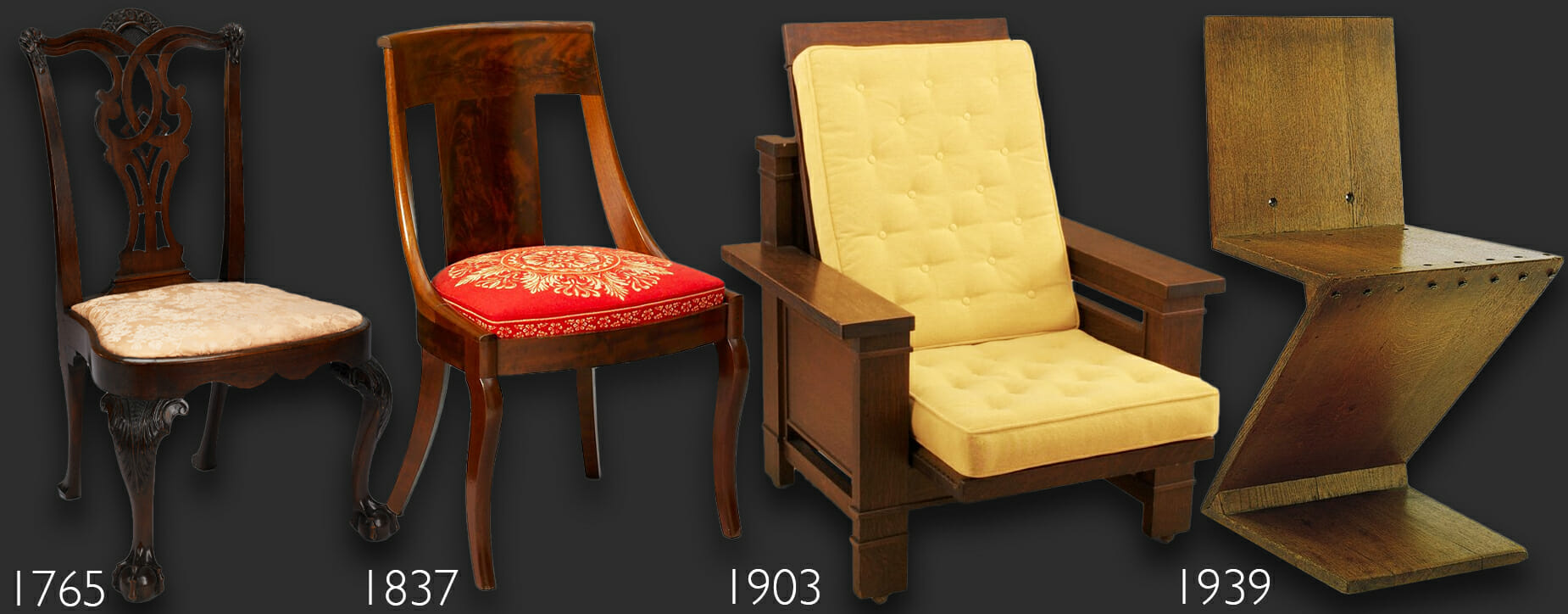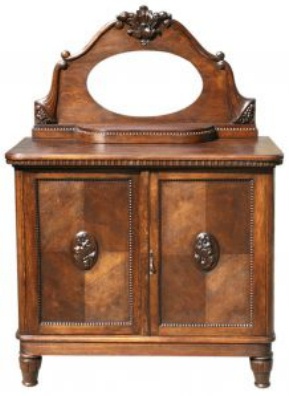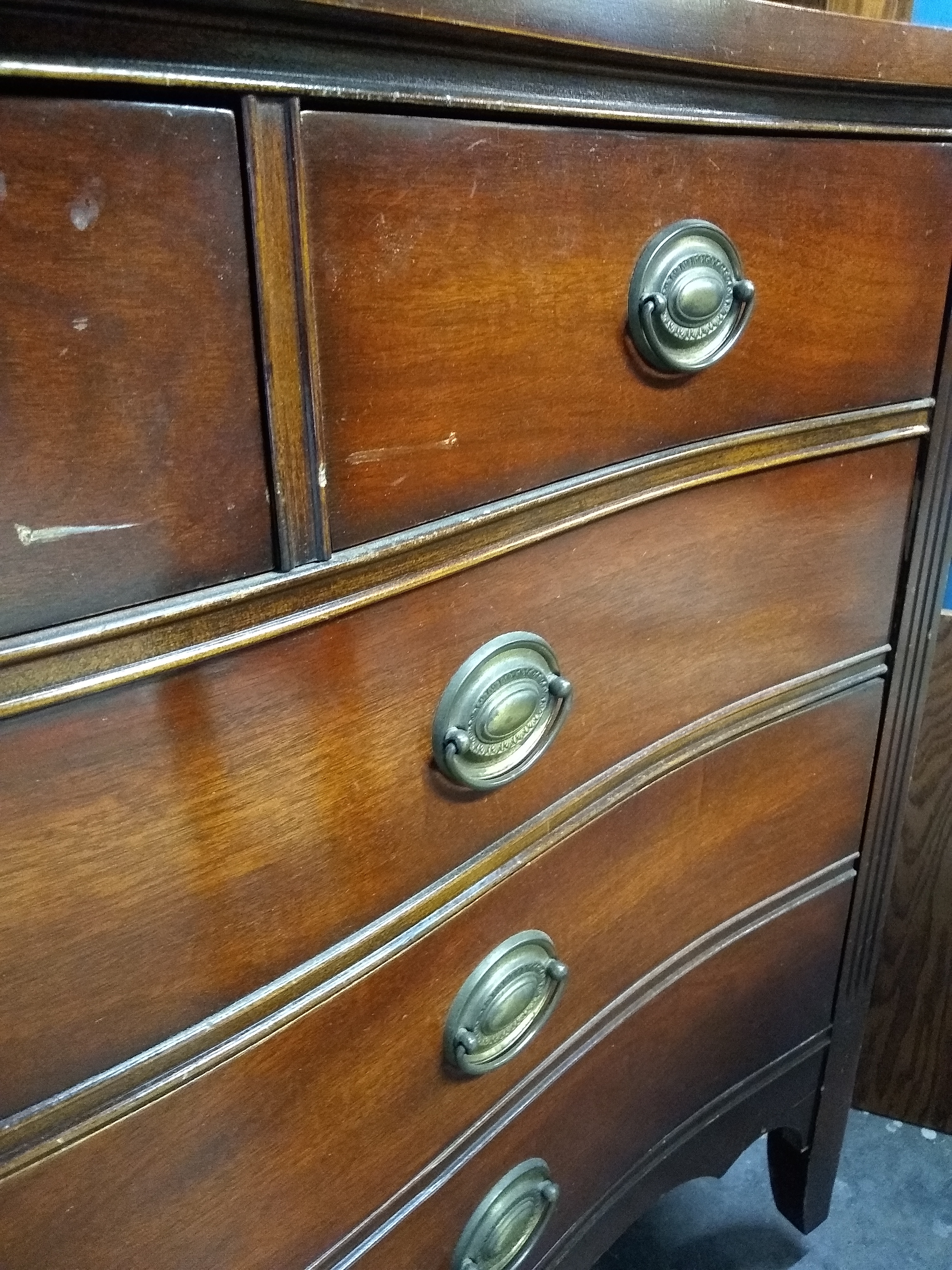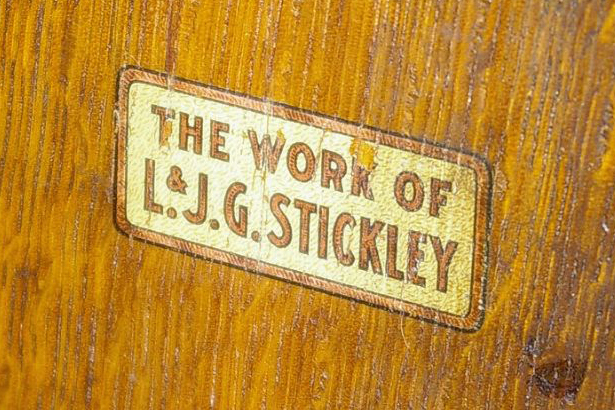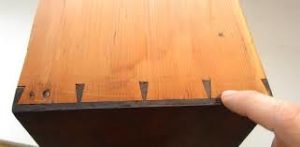Divine Info About How To Spot Antique Furniture
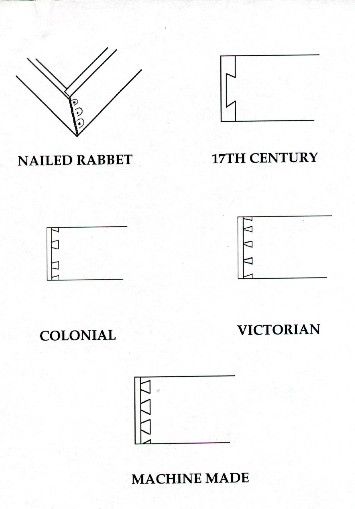
Check the drawers, hinges, doors, and joints for any faults.
How to spot antique furniture. Examine the inside, back, and bottom. If there are irregularities, this will mean the dovetailing was done by hand,. Circular cuts on the wood generally signal a circular saw was used to cut it, which wasn’t in use until 1860.
If you have one of the original stickley gustav furniture pieces with the signature markings, you can make a killing. Stickley furniture commands a fortune in the antique market as a collectible. Genuine antiques will show signs of wear in places that would naturally sustain the most contact.
Search for dates, labels, or stamps photo credit: Chipstone foundation do a thorough search. Table of contents characteristics of antique furniture leg styles 1.
Using a lovely antique oak child's chair, we run through some of the obvious points to look out for when hunting for genuine antique furniture. One simple method, though not necessarily foolproof, is to look at. If the whole furniture piece is of uniform wood, it is less likely to be an antique.
Inspect the whole furniture for insect. Check to see whether lines and edges are perfectly straight and even in any dovetailing you find. For example, the bottom end of chair arms should be more.
One of the best ways to identify an antique style is by observing the piece’s legs and feet. Another way you can spot a true antique from a reproduction is to check if the furniture uses joints or is glued together. Until then, following these steps will help you determine an approximate age of nearly any piece of antique furniture:
:max_bytes(150000):strip_icc()/determine-the-age-of-antique-furniture-148746-444c2f38cee047318f92de98345fba38.jpg)
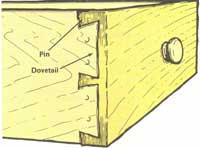
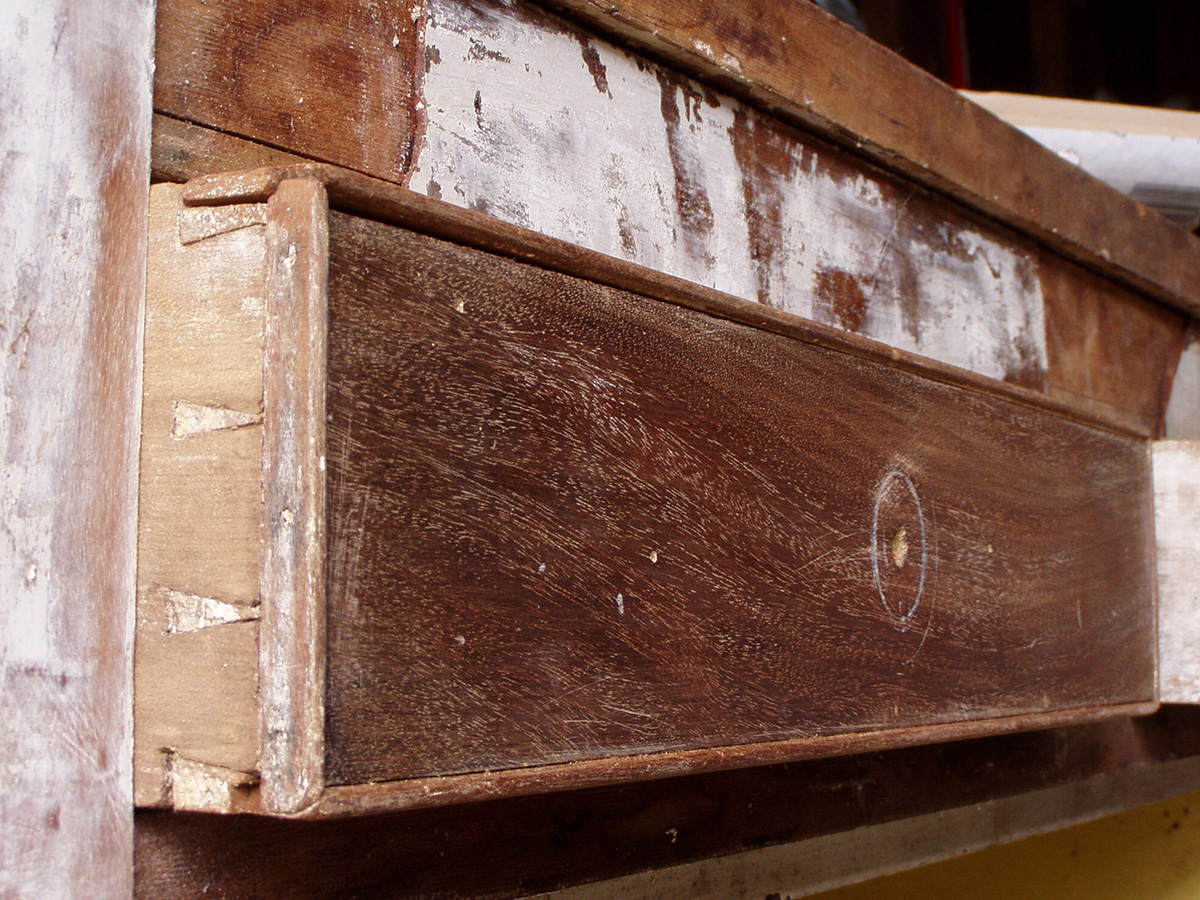

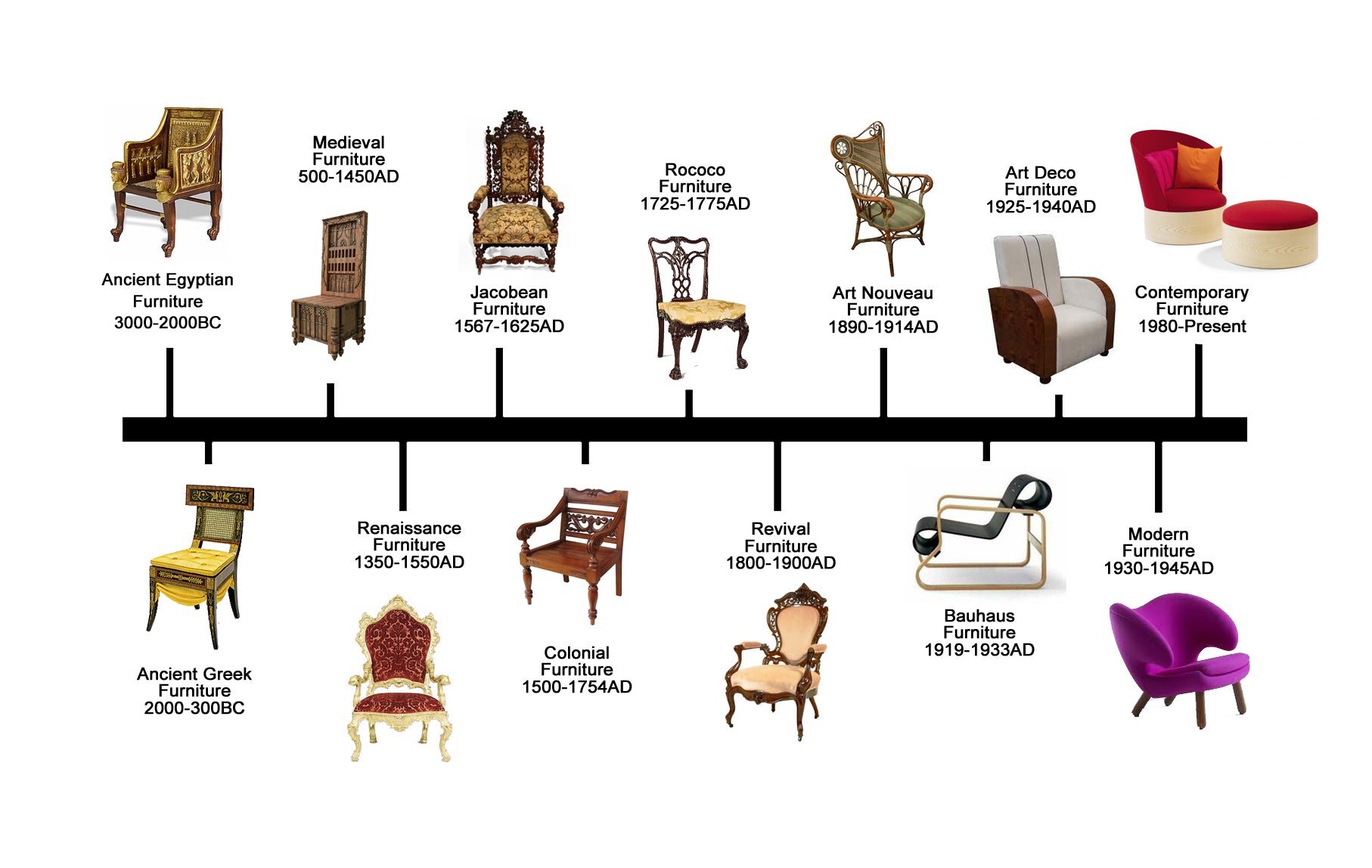


:max_bytes(150000):strip_icc()/Know-Your-Antique-Tables-148793-final-v2-e58926c5979541c691e60f495d8287f8-bf10e8063b384f9984abbf05dbacdf9a.jpg)
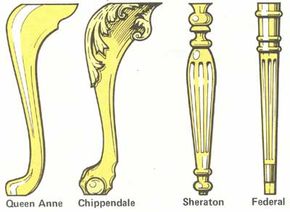
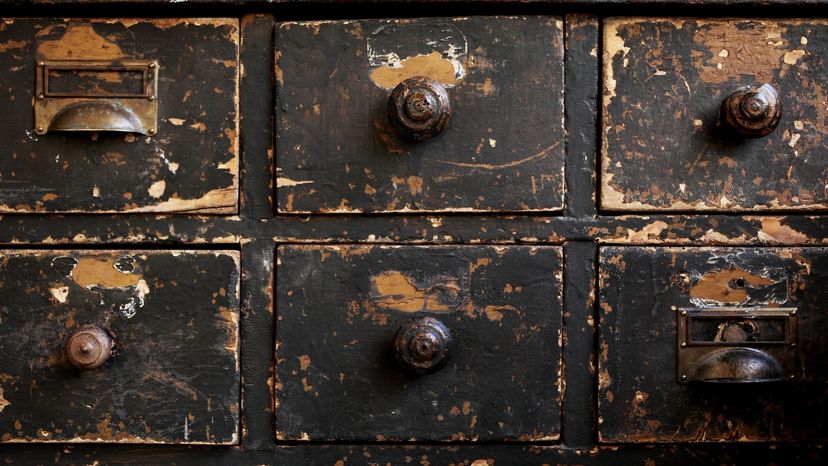
![Antique Furniture Leg Styles Identification Guide [With 14 Pictures]](https://www.txantiquemall.com/wp-content/uploads/2021/12/Identifying-Antique-Furniture-Leg-Styles.jpg)
